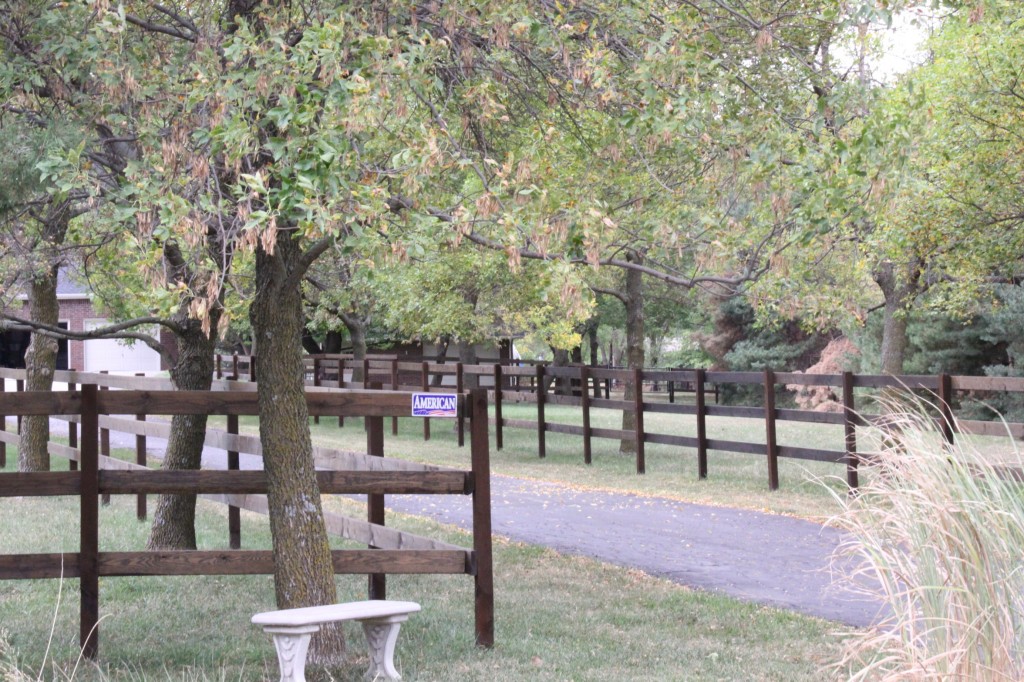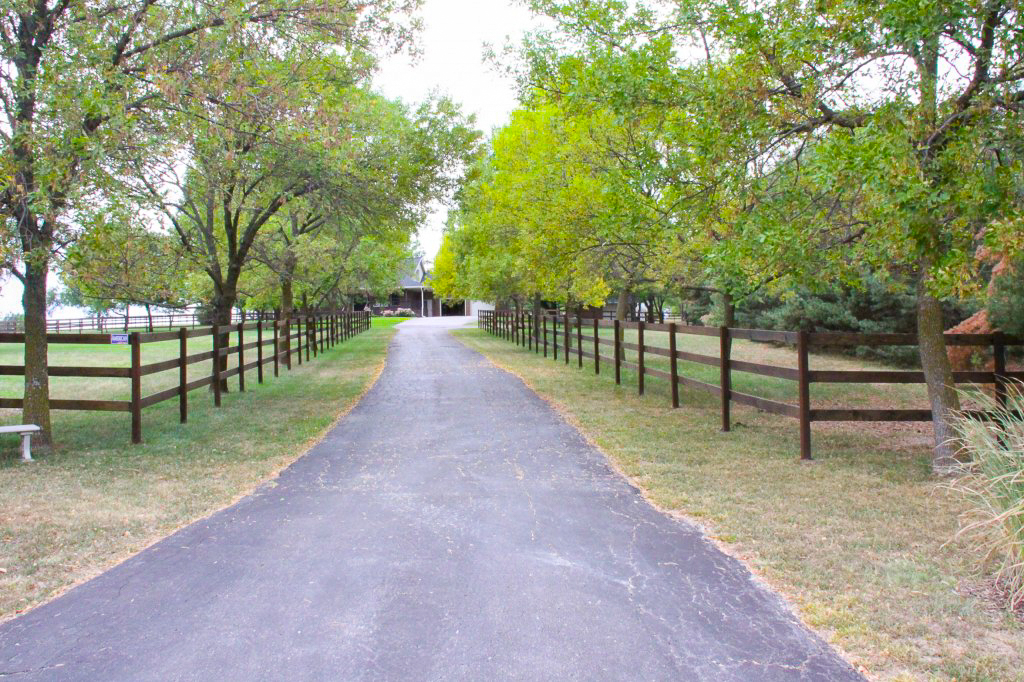Should I Install a Ranch Rail Fence in Cedar Rapids?

Although ranch rail fencing’s no longer the foremost fence style in North America, it remains a beloved staple of rural homes. Driving through the countryside, you’ll inevitably notice various homes that mark perimeters using these elegant panels. (This is the reason behind their initial popularity: for the longest time, fencing in the United States was employed more to distinguish boundaries than actively secure land. The wide spacing between rails also reduces the amount of lumber required.) Many homeowners—even those who live in suburban or urban environments—consider ranch rail fencing, but is it the right choice? In this article, we’ll cover the basics behind this fence type and provide info to help gauge whether ranch rail’s right for your home.
1. Where Do You Live?
As mentioned above, ranch rail—also known as split rail—remains a staple of country living, a remnant of when early settlers used fencing to outline ranches and farms. Some property owners likewise choose to install these fence panels for the purpose of containing livestock. But as also touched upon in our intro, this simplistic style’s occasionally requested in more populous areas. The rustic, inviting appearance of these spacious rails can help distinguish your home from those of your neighbors; however, there are outside factors to consider. If you live in a suburb with an HOA (Homeowner’s Association), check local ordinances regarding fencing. Some HOAs specify permitted fence types—in addition to rules regarding height and material. In short: even if your community allows ranch rail fencing, it might need to meet certain criteria.
2. What type of home do you have?
As beautiful as ranch rail fencing is, it doesn’t necessarily match every single house style. Set up in front of a Victorian-style building, for example, it’ll probably seem odd and out of place, clashing with the aesthetic behind it. However, ranch rail often fits perfectly with colonial and ranch-style houses. Consider, also, the proximity of your fence with other installations on the property (shacks, swimming pools, etc.). A ranch rail fence likely won’t fit in close proximity to very “modern” fixtures such as tennis courts. And if you have an attractive hazard such as a swimming pool, it needs to be enclosed by its own—more secure—barrier.
Let’s start the conversation today! American Fence Company of Cedar Rapids’ sales team is ready to discuss your dream project!

Ranch rail fences are great for spacious property with significant amounts of land to enclose.
3. Do you have pets?
Ranch rail fencing’s efficient for containing livestock such as cattle and sheep, as these animals typically would rather graze than escape. (What’s more, the wide gaps between rails help avoid caught hooves—as sometimes happens with chain link mesh.) When it comes to containing dogs and other small pets, however, ranch rail’s not so ideal. The broad gaps—providing a clear view of the other side as well as room to escape—invite escape attempts, forcing you to leash your pet or install an electronic fence. In these situations, it’s better to use privacy or semi-privacy fencing.
4. Will the fence fit in proximity to your neighbors?
When installing a fence in suburbia—Homeowners Association or not—you naturally need to consider your property in relation to your neighbors. For instance, if all the homes on your block are surrounded by vinyl privacy fencing (very common for its ability to contain pets), a ranch rail might stand out awkwardly. Especially if your neighbor’s got a tall privacy fence right on the border between your two properties; building a short ranch rail fence directly next to this will result in an eyesore. However, if most of your neighbors have not installed a fence, split rail can help distinguish you. When it comes time to sell, you might even achieve higher value for your home.
Contact American Fence Company of Cedar Rapids for an estimate on your ranch rail fence!
